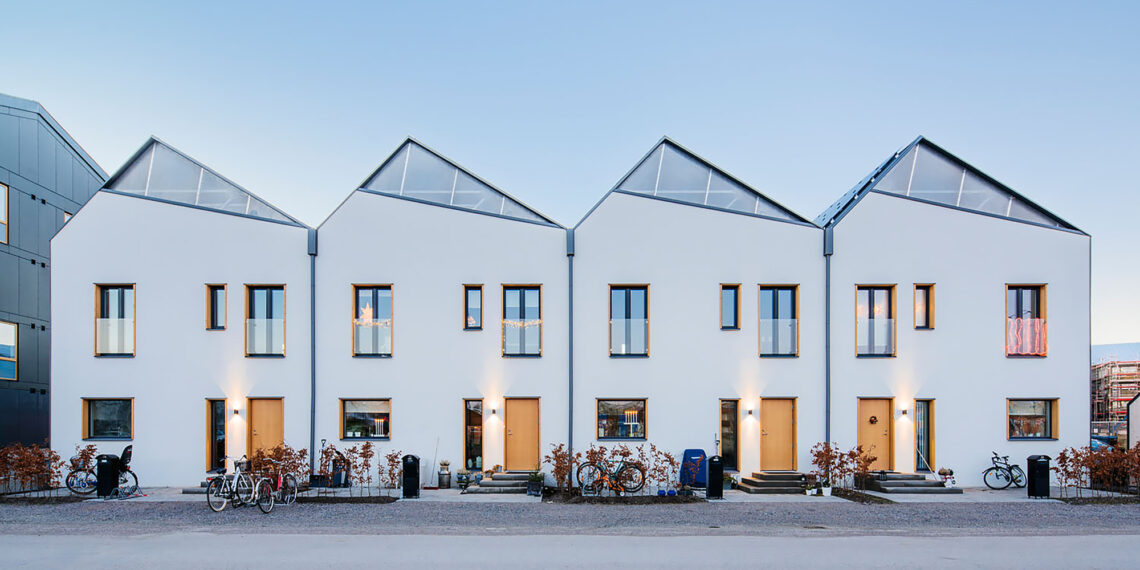Homebuilders across the United States predict an extremely difficult year because of President Donald Trump’s tariffs combined with economic instability. The home building market experienced a 7.4% increase in new home sales between February and March because of reduced mortgage rates and additional inventory while builders started to reduce their operations. The National Association of Home Builders measured developers’ six-month sales expectations to decline by 4 points from March to April while federal data revealed housing starts decreased by more than 11% within the same timeframe.
The ongoing trade conflict has created higher expenses and supply chain problems even though construction materials are imported in only 7% of cases according to the NAHB. Builder Joshua Correa of Divinio Homes in Dallas remains cautious about unreliable cost estimates because suppliers cannot guarantee fixed prices. The monthly price increase notices from suppliers prompted Correa to obtain longer-term financing for expected construction expenses and unsold real estate properties. His clients have been expressing doubts about how tariffs will affect their purchasing decisions because they want to know where their wood flooring originates from. According to him the situation creates a psychological impact that affects both buyers and investors.
Anirban Basu from the Associated Builders and Contractors predicts that projects will not generate sufficient financial returns. Summer will bring about a prolonged construction delay according to Basu because builders will decide to delay their decisions until the situation becomes clearer. D.R. Horton operates as a major homebuilder while keeping its 2025 projections adjusted for trade war expenses although smaller companies like Divinio Homes operate with restricted profit margins.
The economic uncertainty in the market continues to reduce customer demand. The NBC News Home Buyer Index recorded decreasing purchasing difficulty in March because of limited competition and supply restrictions but its economic instability metric reached its highest level in two years. Redfin reported that Florida’s home inventory reached its highest level since 2012 after reaching 23% above previous levels because high prices combined with rising mortgage rates (6.90% from 6.81% according to the Mortgage Bankers Association) and increased insurance costs made buyers hesitant. The nationwide number of mortgage applications decreased by 13% during the recent week.
The supplier price hikes affecting components have been reported to range from 2% to 91% by contractors such as Tommy Carter of Sexson Mechanical in Indiana because of Trump’s China tariff policy at 145% and his 10% global tariffs. The current situation has suppliers rushing to acquire materials before prices rise but construction projects face the risk of stopping because expenses become too high. The construction industry experiences an uncertain future because of rising costs together with cautious consumer behavior and the impact of tariffs.










